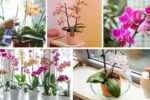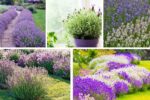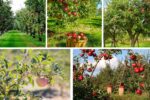Flower beds are not just about planting blooms; they are about creating an artful display that transforms an outdoor space into a lively masterpiece. Multi-layered flower beds bring depth, drama, and dimension to gardens, making them feel fuller and more vibrant. By combining plants of varying heights, textures, and colors, these beds offer a dynamic look that never fails to impress. Here are five stunning multi-layered flower bed ideas that blend beauty and style seamlessly.
1. Classic Three-Tiered Flower Bed
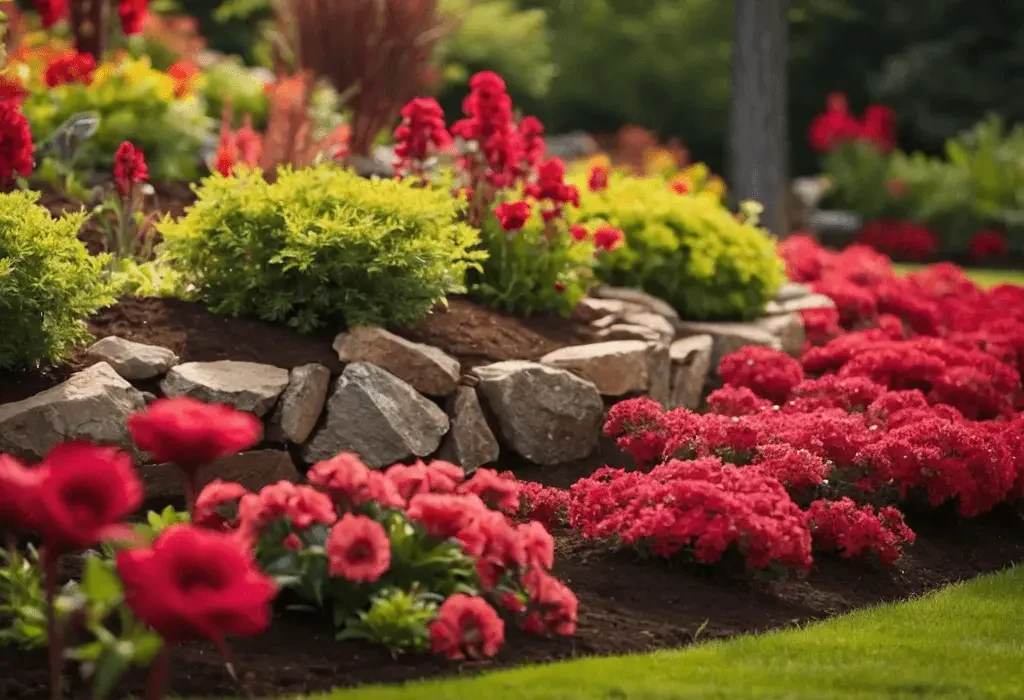
A three-tiered flower bed is one of the most timeless and stylish ways to showcase multi-layered planting. The tallest plants, like ornamental grasses or tall perennials, are placed at the back, while medium-height flowers like daylilies or daisies fill the middle, and low-growing ground covers or petunias spread in the front. This tiered effect creates a natural slope of color and texture, giving your garden a full, structured look. Perfect for fences, walls, or borders, this design adds instant visual harmony.
2. Circular Multi-Layered Bed with a Focal Plant
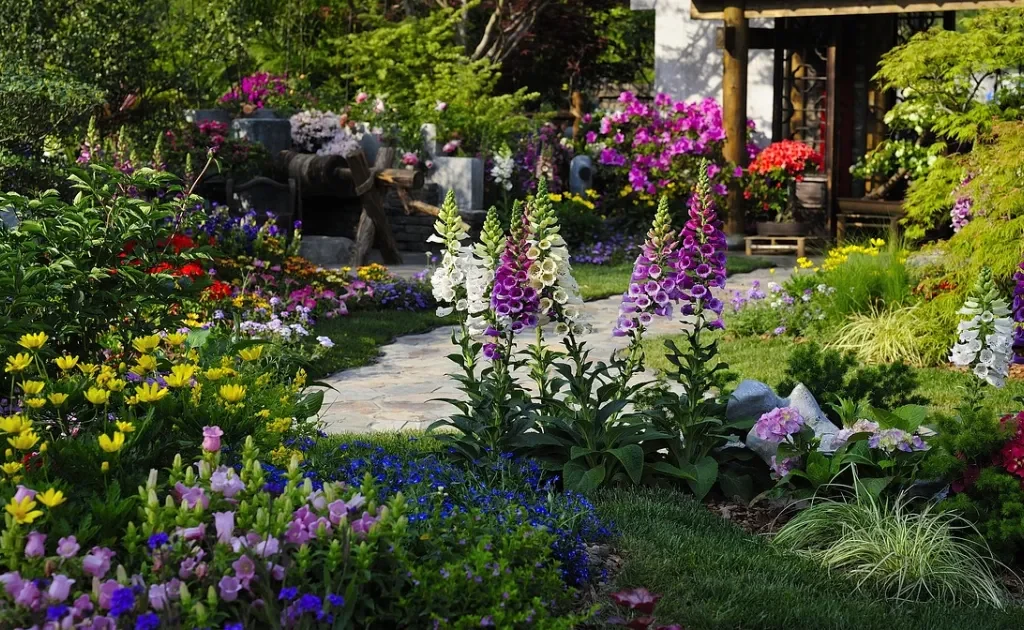
For a striking centerpiece, a circular layered flower bed works beautifully. Place a tall focal plant, such as a rose bush, hydrangea, or dwarf tree, in the center. Surround it with layers of medium-height blooms like coneflowers or salvia, and complete the outer ring with ground-hugging flowers such as alyssum or creeping phlox. This design radiates outward, creating a stunning layered effect that draws the eye in and makes the focal point stand out.
3. Cascading Rock-Layered Flower Bed
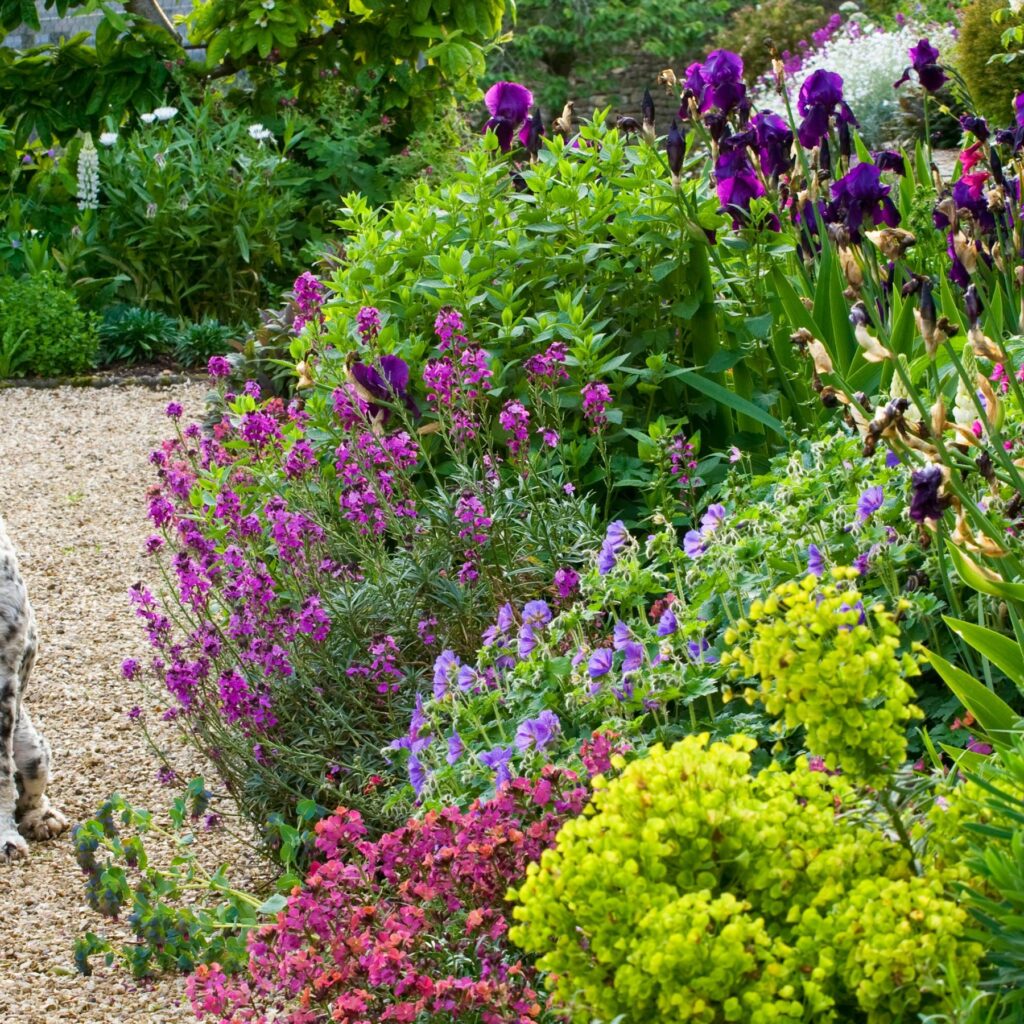
A cascading rock-layered flower bed brings both rustic charm and a natural, flowing design to your outdoor space. Using stones to create elevation, plants are arranged in layers that cascade downward. Tall ornamental plants crown the top layer, medium blooms like marigolds or zinnias soften the midsection, and trailing flowers such as lobelia or ivy spill gracefully over the rocks. This design mimics a natural hillside, adding movement and texture while maximizing vertical space.
4. Terraced Multi-Layered Flower Bed
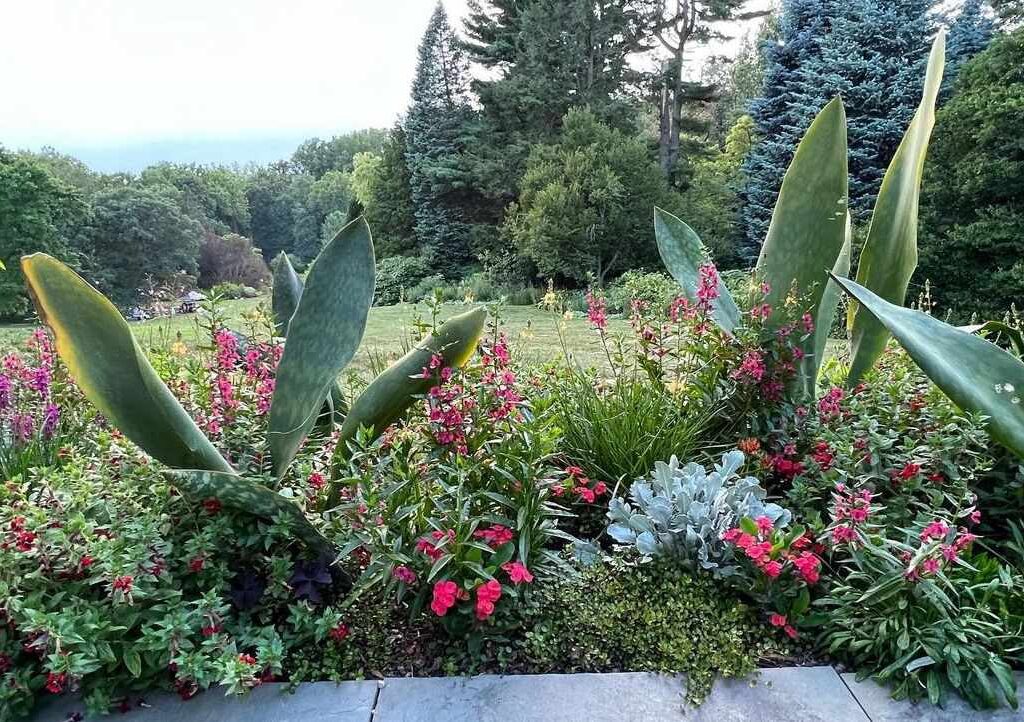
Terraced flower beds are ideal for sloped gardens or spaces needing structured elevation. Each terrace forms a level where you can plant flowers of specific heights, creating a stair-like layering effect. Imagine lavender and roses on the higher terraces, daisies or begonias on the middle, and trailing plants like creeping thyme at the base. The terraces not only keep the plants neatly arranged but also make maintenance easier while offering a visually stunning, organized garden feature.
5. Mixed Height Free-Flowing Flower Bed
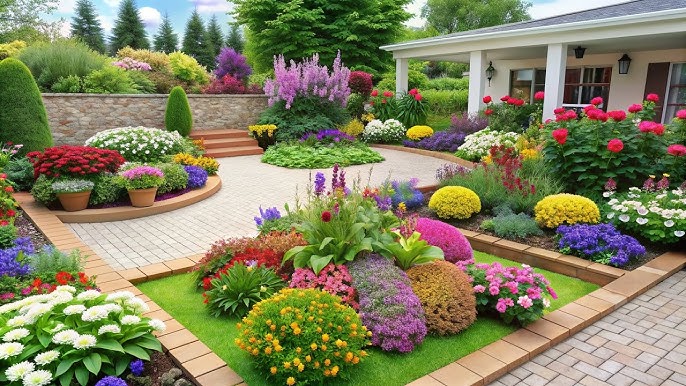
For a natural yet artistic effect, a free-flowing layered flower bed allows different plant heights to blend seamlessly without rigid structure. Taller plants like hollyhocks or foxgloves rise in scattered spots, while medium-height flowers weave throughout, and ground covers fill empty patches. The layered heights create an organic, meadow-like charm, perfect for cottage-style gardens. This approach is versatile and forgiving, giving you creative freedom while still achieving depth and dimension.
Multi-layered flower beds are a perfect way to bring both order and artistry to a garden. By thoughtfully combining heights, colors, and textures, you can create outdoor displays that look lush, vibrant, and endlessly stylish.


